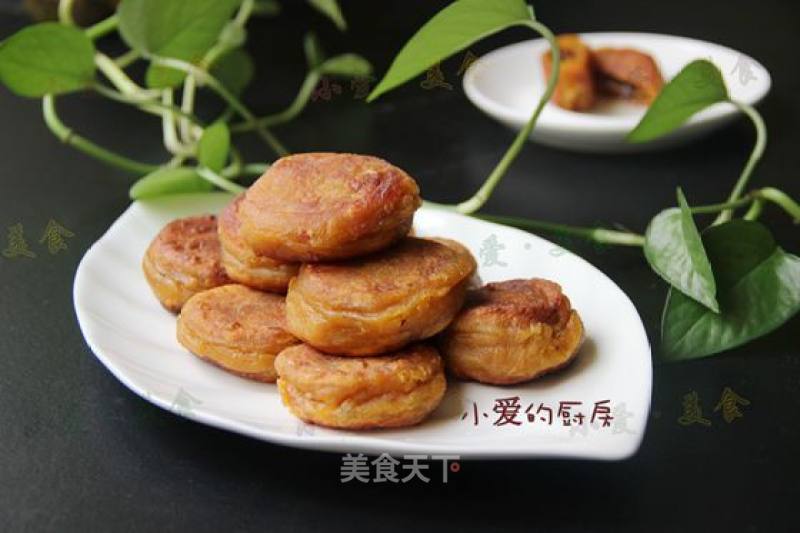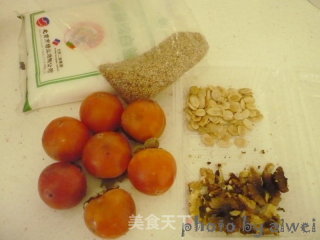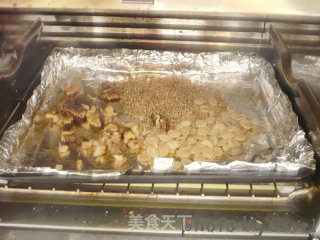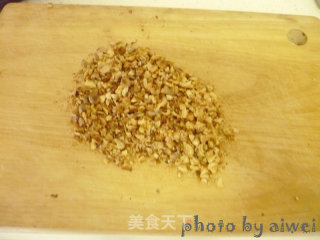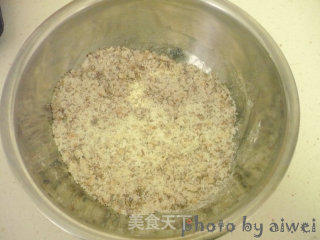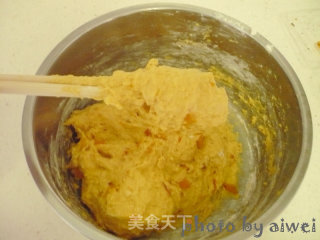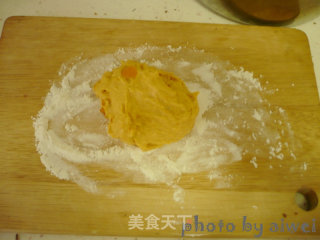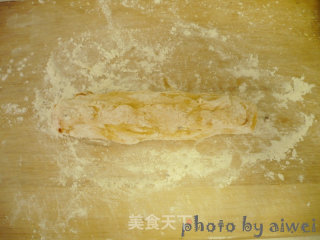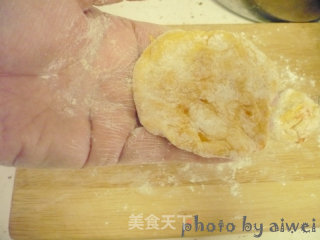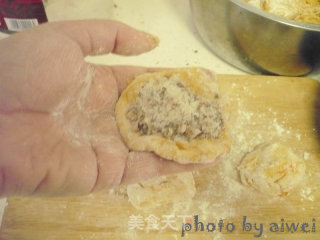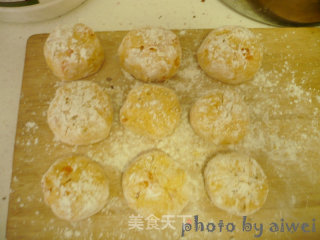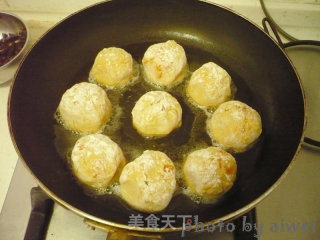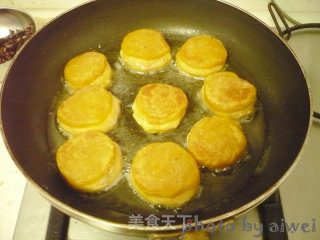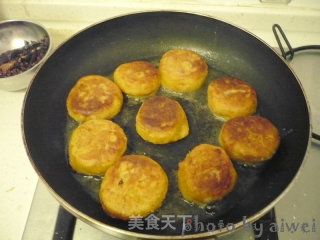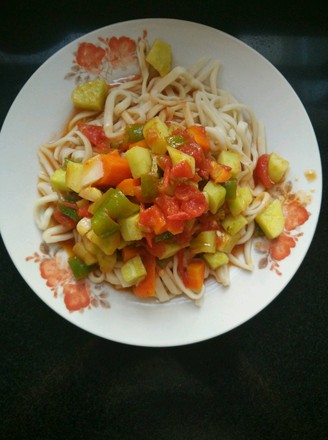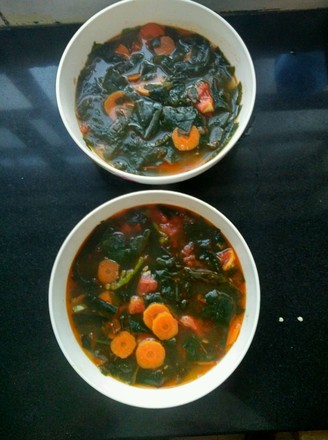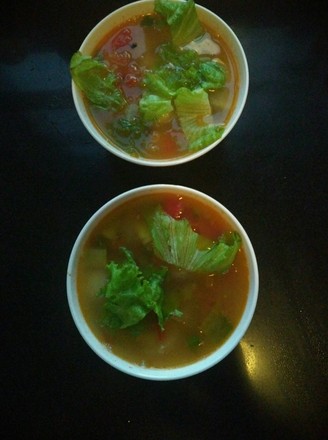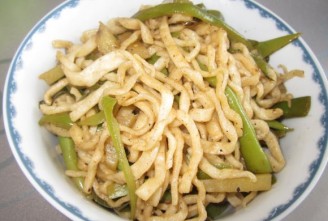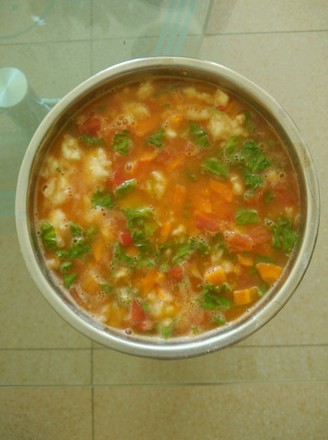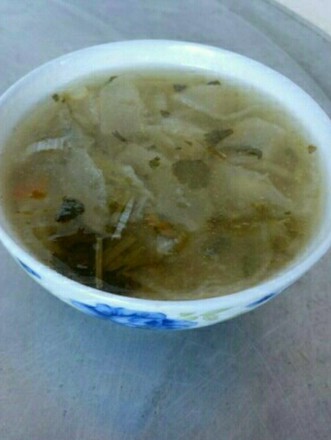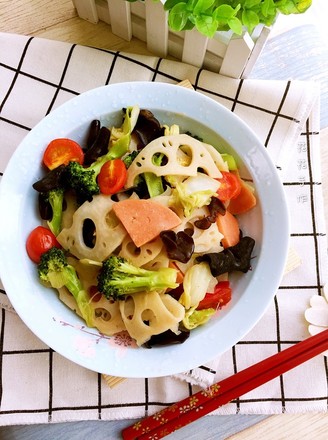Huanggui Persimmon Cake
1.
Prepare materials.
2.
Put walnut kernels, peanut kernels, melon seeds kernels, white sesame seeds, and black sesame seeds into the baking tray. Preheat the oven and bake the nuts for 2 minutes until the surface of the nuts is slightly yellow.
3.
Chop the nuts (not very crushed) and set aside.
4.
Mix the chopped nuts with sugar, sweet-scented osmanthus and flour.
5.
Wash the persimmons with clean water, remove the stalks of the persimmons, peel off the skins of the persimmons and press them into mud.
6.
Add a little flour to the persimmon puree and stir.
7.
Stir the flour and persimmon puree evenly, do not add too much flour, and the noodles should be soft.
8.
Wake up the stirred dough for 20 minutes, sprinkle dry flour on the chopping board, take a piece of dough and stick it with dry flour.
9.
Rub the dough into strips by hand.
10.
Divide into agents. Stick dry noodles on your hands, take a tablet and press flat.
11.
Wrap the mixed stuffing, close the mouth, squeeze and round to make a green persimmon cake.
12.
Wrap all the biscuits one by one.
13.
Put a little oil in the pan. When the oil in the pan is 50% hot, put in the cake.
14.
Put the dough into the dough and gently press and squash it, and turn it over at a medium to small heat until the dough turns into golden yellow.
15.
Golden on both sides can be served.
Tips:
1. The persimmons should be softer, and the persimmon mud should be smashed.
2. Add flour in batches, not too much at a time.
3. The noodles must be stirred softer, the persimmon cake will be soft after being baked, and the softness like the earlobe is the best.
4. Don't use too much oil in the pan, fry the persimmon cakes instead of deep-frying.
5. Dip some dry noodles on your hands during packaging, which can effectively prevent adhesion.
6. Add a little flour to the mixed filling to prevent the cooked filling from being too thin, or not to add it.

